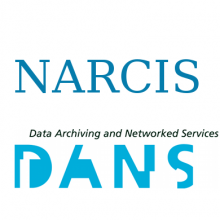Resource information
EURURALIS is developed for policy makers dealing with the future of agriculture and other land use in the enlarged Europe of 25 member states. Expecting that major developments affect the rural areas in Europe pro-active rural policy has to be informed timely and in a targeted and crispy way. A scenario study was launched that built upon : I) recognizable and internationally authorized scenarios encompassing drivers such as global developments like world trade, climate change, demography, II) predicted transformations in land use (area, regions, intensity), III) impacts on the various domains of sustainability (People, Planet, Profit) and IV) possibilities of policy instruments. The study builds upon IPCC and related scenarios, though adapted for our goals, a global economy model (GTAP/LEITAP) linked to an environmental model (IMAGE) and thirdly a land use allocation model (CLUE). Modelling outcomes were generated for 30 years in 10 year time steps; indicators were selected from economical, socio-cultural and environmental/ecological domains respectively. Meta-indicators were added to offer overview. The product is tuned to non-specialists and offers many graphs, maps and texts for easy use in policy, research and education. This background document aims not to deliver the contents of the CD Rom in a hard copy version, but focuses on policy context, leading concepts, methods and data. It also offers discussions on desired improvements and ways to expand the current 1.0 version.



